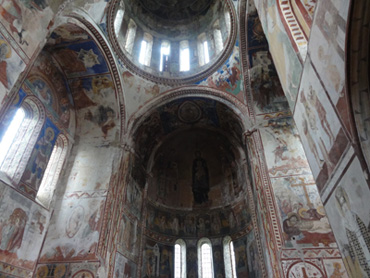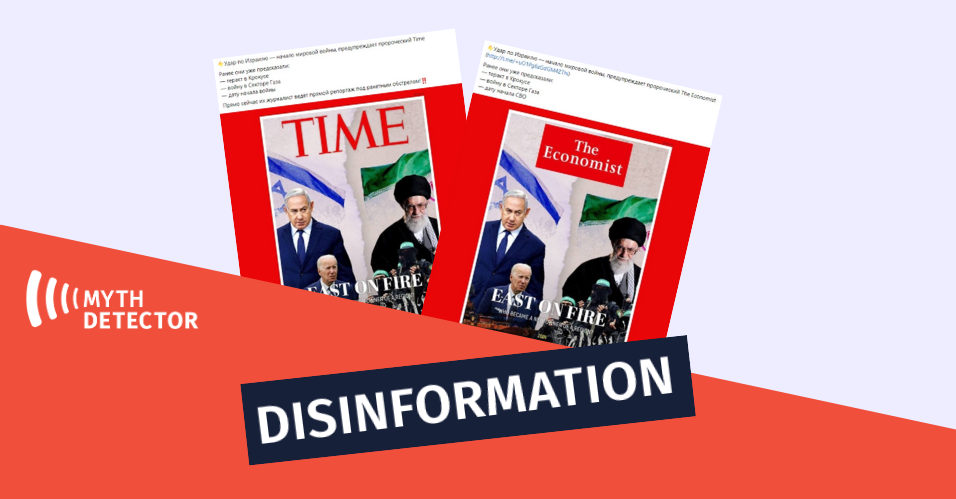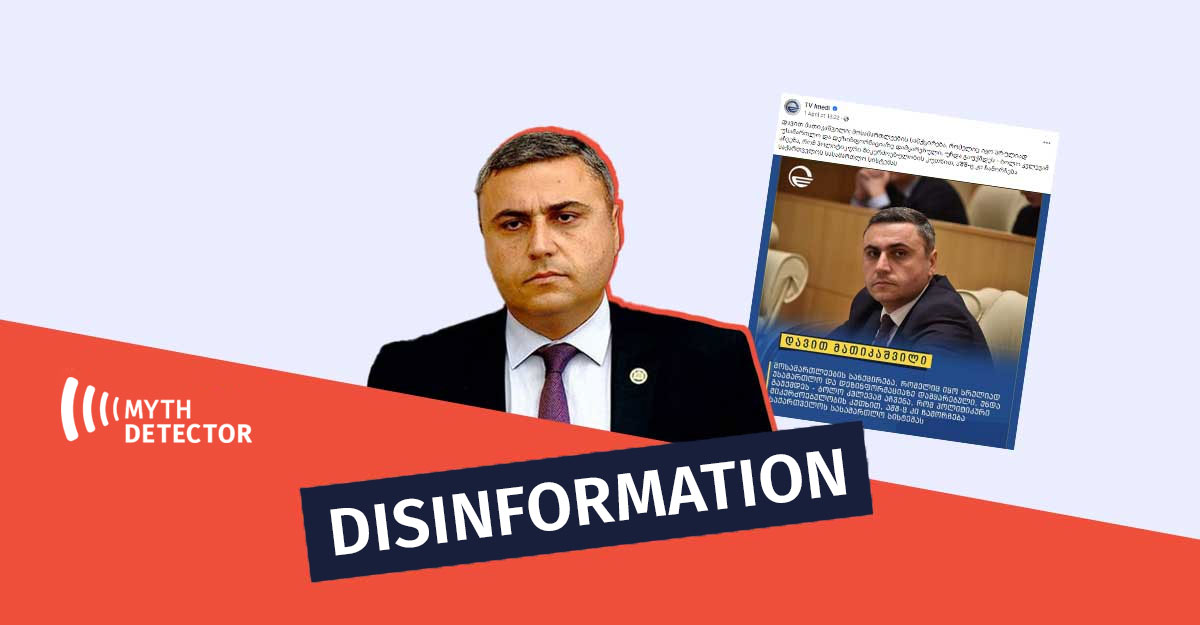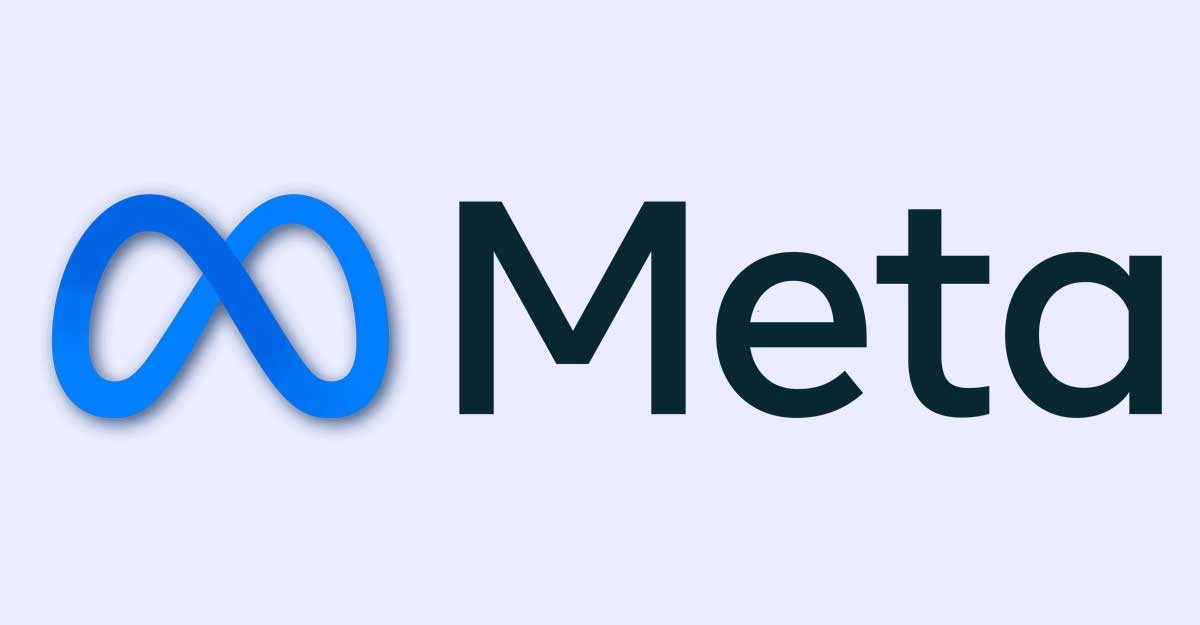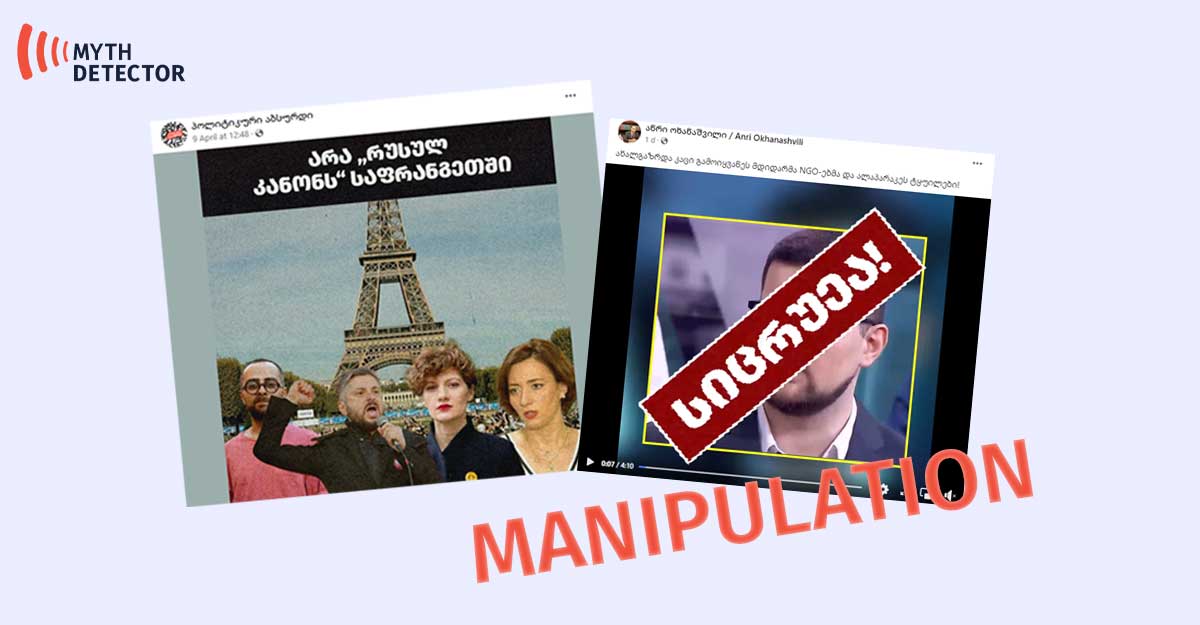The Western government agencies and private foundations, as well as international organizations have been providing significant financial and technical assistance for the protection and development of Georgian cultural heritage since the day of Georgia’s independence. Several hundred projects aimed at exploring, preserving and promoting Georgia’s cultural heritage have been implemented since the 1990s.
Government Programs
Georgia concluded agreements and memorandums with more than twenty European countries on cooperation in the field of culture. On the basis of these agreements, Georgia’s cultural heritage monuments, both movable and immovable, have been regularly restored, experts in relevant fields have been trained and scientific research projects have been provided with financing.
- One example of such assistance in the frames of bilateral agreements includes the rehabilitation of the historical district in Tbilisi (Betlemi Kldisubani), restoration of exhibits of Georgian Ethnography Museum and creation of digital database of Georgia’s cultural heritage monuments with the support of Norwegian government. Around two million Euros have been spent on these projects since 2006.
- It was made possible to save a number of important Georgian cultural heritage monuments with the support of US grant program. Ambassador’s Fund for Cultural Preservation implemented 14 projects with the total budget of 1 million US dollars, including equipment of the Ethnography and History Museum of Svaneti with security systems, and restoration of its manuscripts and icons, conservation of the Armaztsikhe archeological site and frescoes of Udabno Monastery, as well as restoration and cataloging of embroidery in the Georgian Museum of Arts. The large-scale restoration works are also underway in the Gelati Monastery Complex with the support of US government.
Charitable Organizations
In addition to Government programs, private charitable organizations also provide significant assistance in exploring and rehabilitating Georgia’s cultural heritage:
- Prince Claus Fund (Netherland) financed post-was rehabilitation of the Episcopal Residence in Nikozi (70,000 EUR), reinforcement of Alaverdi Cathedral against damages caused by floods and conservation of mural paintings in Ikvi Church (12-13 centuries);
- World Monument Fund (US) assisted in raising funds for many projects. In particular, the Ikorti Church was restored after the earthquake, the Phitareti Church was rehabilitated and the Jvari (Holy Cross) Monastery in Mteskheta was explored and documented. The necessary financing was provided to the restoration works in Timotesubani and Khintsvisi churches, and in Tbilisi Synagogue (The budget for each project was around 25,000 US Dollars).
- The foundation Horizonti from Netherlands has been financing the restoration-conservation works and digitalization of D. Ermakov photo archive stored in the National Museum of Georgia.
International Organizations
Council of Europe
- Council of Europe funded the documentation of monuments damaged by the earthquake in the historical district of Tbilisi, as well as their restoration works.
- Council of Europe provided financing for the project of post-conflict revitalization of the cultural environment and socio-economic condition of local communities in Gori after the 2008 war. The rehabilitation plan for the Nikozi Monastery and the village of Zemo Nikozi was developed as part of this project.
- The programs for historic cities of small and medium size has been underway for several years encompassing Abastumani, Borjomi, Dusheti, Gori, Tskaltubo and others. The project provides for the assessment of their potential for socio-economic development.
European Union
- The ENPI (European Neighborhood and Partnership Instrument) has been implementing two institutional twining projects in the field of culture since 2010: One project is aimed at strengthening institutional capacity of the National Museum of Georgia and introduction of EU best practices in its management (2 million Euros); The second project seeks to support the institutional development of the National Agency for Cultural Heritage Preservation of Georgia. The partners of the Agency in this project are the Ministry of Culture and Tourism of Italy and the Danish Agency for Culture (1 million Euros).
- In 2012, the EU has launched the Eastern Partnership Culture Program that provided financing to 15 projects. The Ministry of Culture was given the opportunity to benefit from EU experts in the development of policies and strategic documents.
- Another EU program “Investing in People” is implementing the project of supporting traditional crafts in Georgia (500,000 EUR).
UNESCO
- United Nations Educational, Scientific, and Cultural Organization (UNESCO) supported the rehabilitation of several halls in the Ethnography Museum, trainings of Georgian artisans by Norwegian timber restorers, and digitalization and conservation of the ethnographic photo-video archive of the National Museum of Georgia. UNESCO also played an important role in the rehabilitation of the Ethnography Museum of Svaneti.
- UNESCO World Heritage Center regularly provides Georgia with technical support in preserving world heritage sites. In particular, its projects include the exploration of reliefs in the Jvari (Holly Cross) Monastery in Mtskheta, development of Mtskheta management plan, etc.
ICCROM
- Experts from International Center for the Study of the Preservation and Restoration of Cultural Property (ICCROM) frequently provide advice to the National Agency for Cultural Heritage Preservation of Georgia on important cultural projects. For instance, a leading specialist of ICCROM on stone conservation was involved in the fortification of reliefs in Jvari (Holy Cross) Monastery and also provided training to Georgian specialists.
Important Scientific Discoveries
It is also worth noting the support provided by the US private or state scientific institutions in financing a number of research projects, which resulted in significant scientific discoveries:
- The world’s ancient gold mine was discovered in Sakdrisi within the project financed by German Research Foundation and Volkswagen Foundation. Some of the leading European scientific institutions are involved in the project.
- Important archeological research is currently underway in the Marneuli municipality in cooperation with the French National Center for Scientific Research, which involves examination of traces of Neolithic settlement – Gadachrili Gora.
- European and US private foundations and scientific institutions, including British Petroleum, Rolex, the Duke and Duchess of Soria Cultural Foundation (Spain) and others, played an important role in the conservation and popularization of pre-historic Dmanisi site.

















